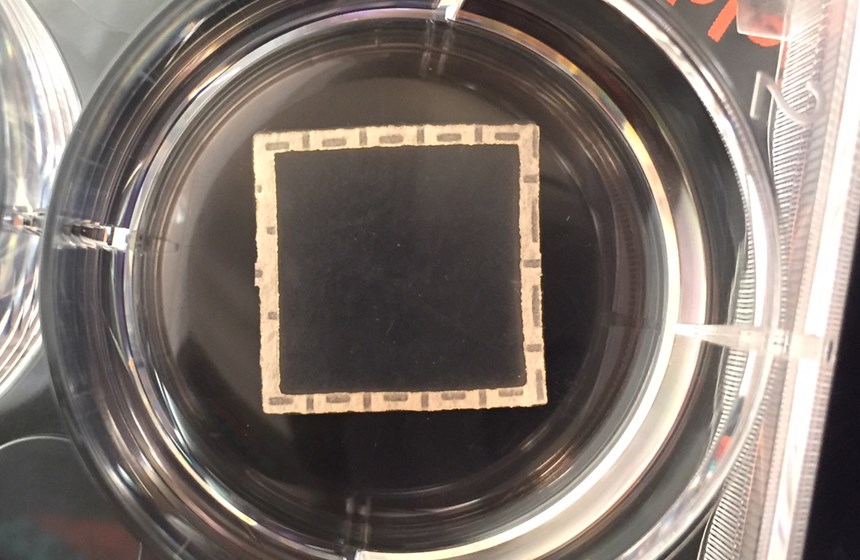
Cardiologists are able to offer many options to Americans who suffered from a heart attack, including bypass surgery and a host of clot-bursting drugs. However, the scenario is different for Americans who suffer from heart failure.
Current figures from the Centers for Disease Control and Prevention (CDC) put it at 5.7 million. Heart failure, which often results from a heart attack, causes damage to the heart, making it difficult for the organ to pump blood.
Dr. Timothy Henry, who is the director of cardiology at the Cedars-Sinai Medical Center in LA, says that severe damage to the heart virtually disables people. Heart failure patients are always at risk of having a cardiac arrest at any moment. They always feel tired and it is almost impossible for them to climb even a short flight of stairs.
Heart failure can be treated by medication but it is not a cure. Heart transplantation is possible for some heart failure patients. However, heart donors are not easy to come by. There are also several risks, including rejection.
A New Option for Heart Failure Patients
Researchers from three universities, Stanford University, the University of Wisconsin and Duke University, are involved in developing a new technology that could make it possible to restore the normal cardiac function for heart failure patients.
The researchers are growing tiny patches from a patient’s own cells. They genetically engineer the cells to create patches that mimic beating heart cells.
Because they would be from a patient’s cells, the risk of rejection is eliminated. The patches can be surgically implanted to cover the heart’s scarred areas resulting from a heart attack.
Test Period
Right now the patches are tested on pigs and mice at the labs of the three universities. The researchers believe that they could try the patches in humans about five years from now, projecting that if successful, clinical use would be widespread within 10 years.
The research team hopes that heart attack and heart failure patients will be able to live normally more or less, without undergoing a heart transplant.
Heart transplantation carries a number of complications and risks, according to one of the lead researchers of the heart patch, Dr. Timothy Kamp. He is the co-director of the University of Wisconsin’s Stem Cell and Regenerative Medicine Center. He said that with the heart patch, the patient would not require a bypass machine, as the heart can continue pumping.
Dish-Grown Heart Tissue
The heart patches, which are grown in a dish, begin their life from the blood cells taken from a patient. With genetic engineering, the researchers reprogram them to become pluripotent stem cells.
These cells are later used to create the different cells that make up the muscles of the heart, such as endothelial cells that line the blood vessels; fibroblasts that give structure to the heart tissue and cardiomonocytes that make the heart muscles contract.
A small scaffold that is used to grow cells aligns and organizes them to grow into a functional heart tissue. The patch tissue is allowed to mature. From MRI scans of the scarred area of the heart, a digital template would be created to conform to the size and shape of the scarred tissue the patch would cover. The extracellular matrix would be fabricated with a 3D printer.
Using open-heart surgery, the patch would then be stitched over the scarred region, with blood vessel grafts linking the patch to the vascular system of the heart failure patient.
Researchers are very optimistic about their study but admit that they still have a long way to go before they can start clinical trials. However, they already project that a heart patch would cost around $100,000, which is still way below the $500,000 price tag for a heart transplant.


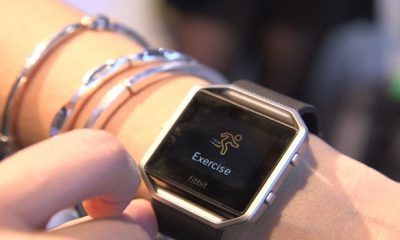

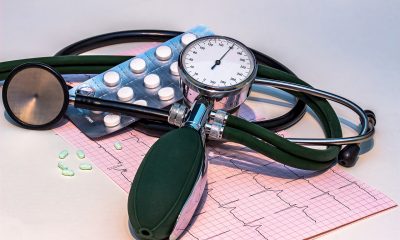
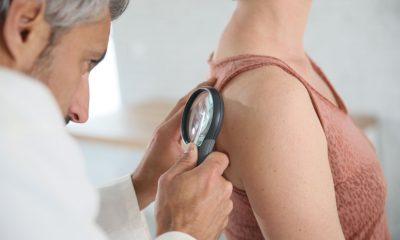

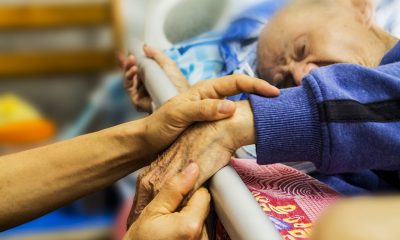







Facebook
Twitter
Pinterest
Google+
LinkedIn
Email